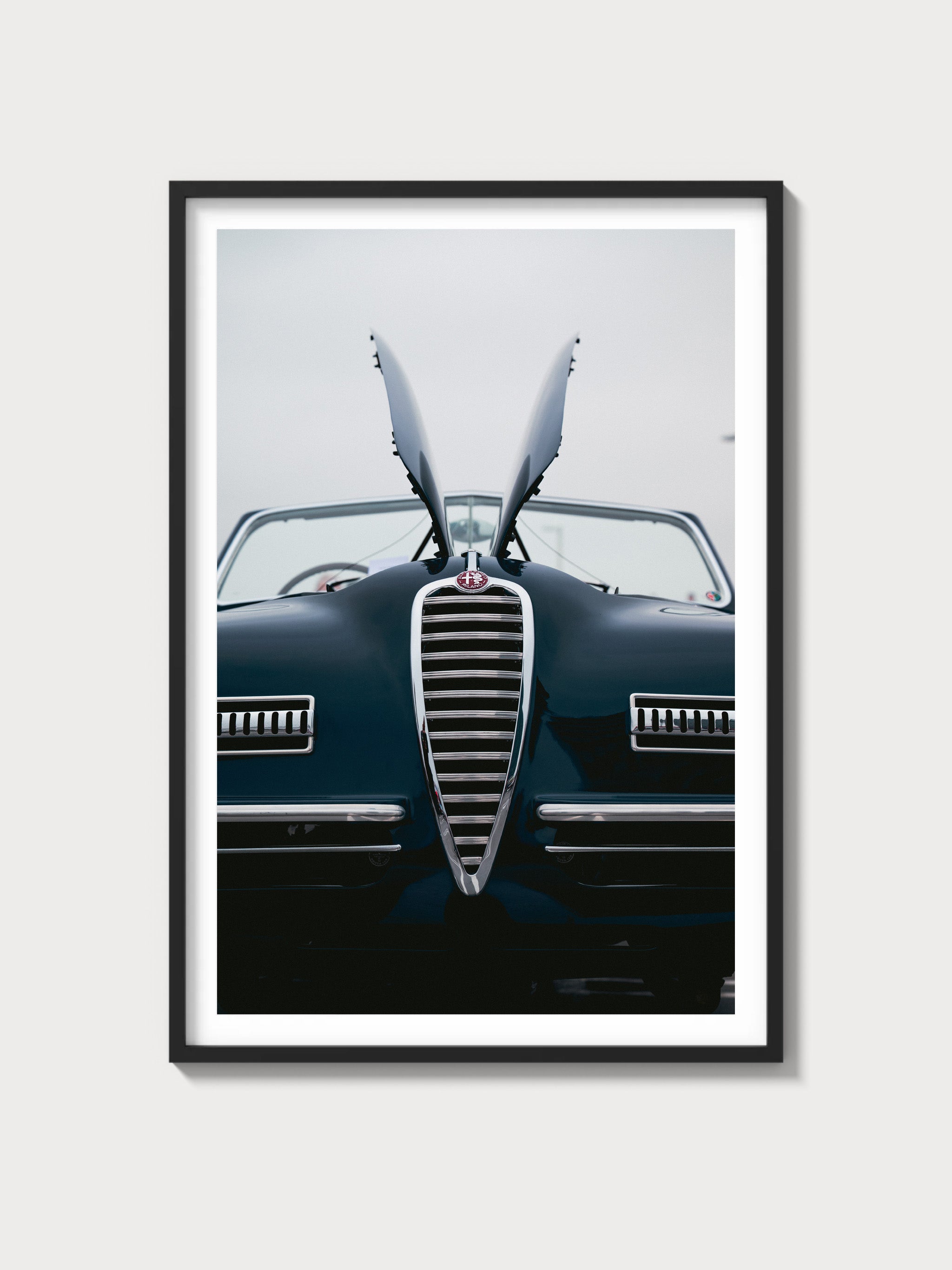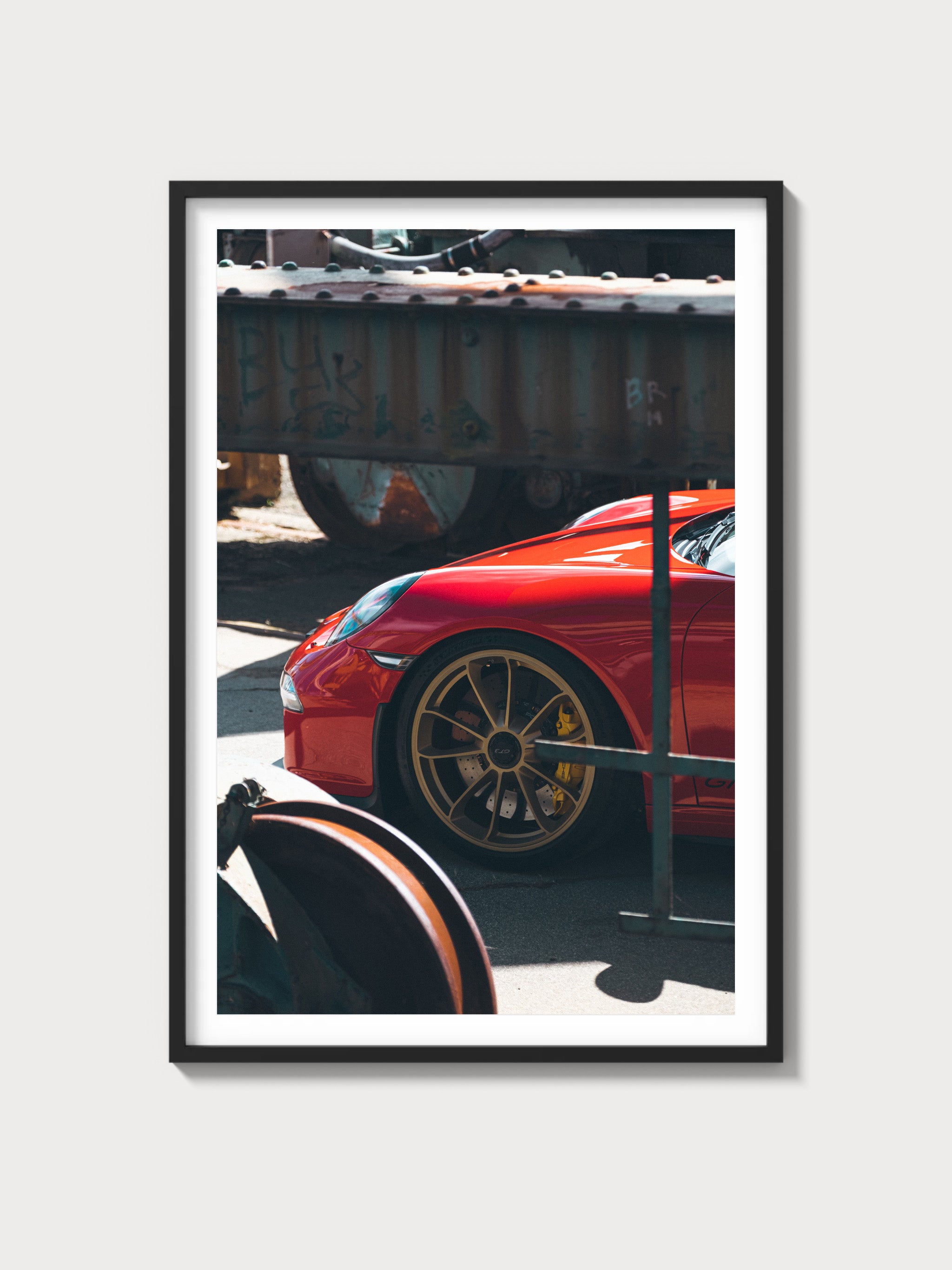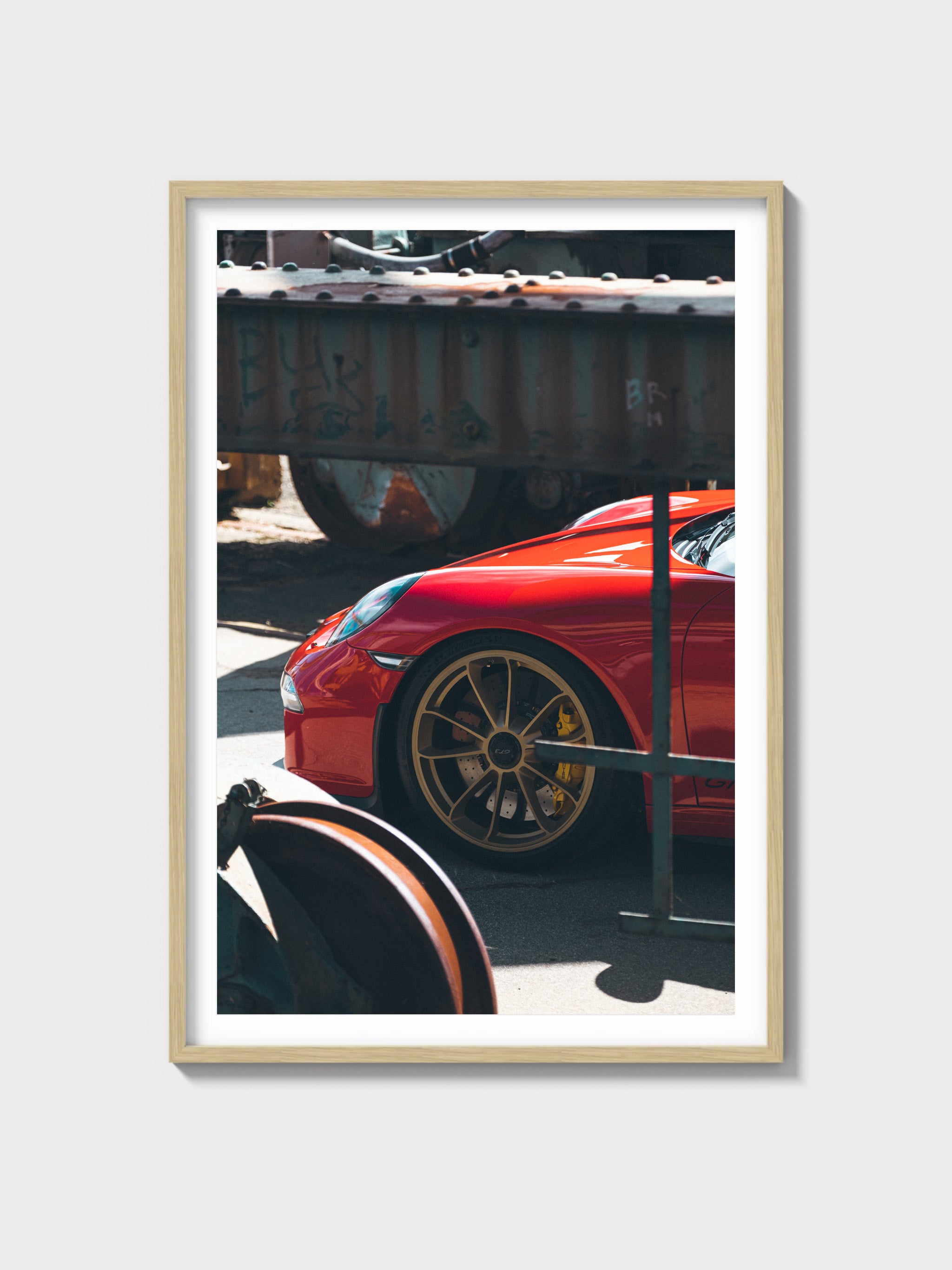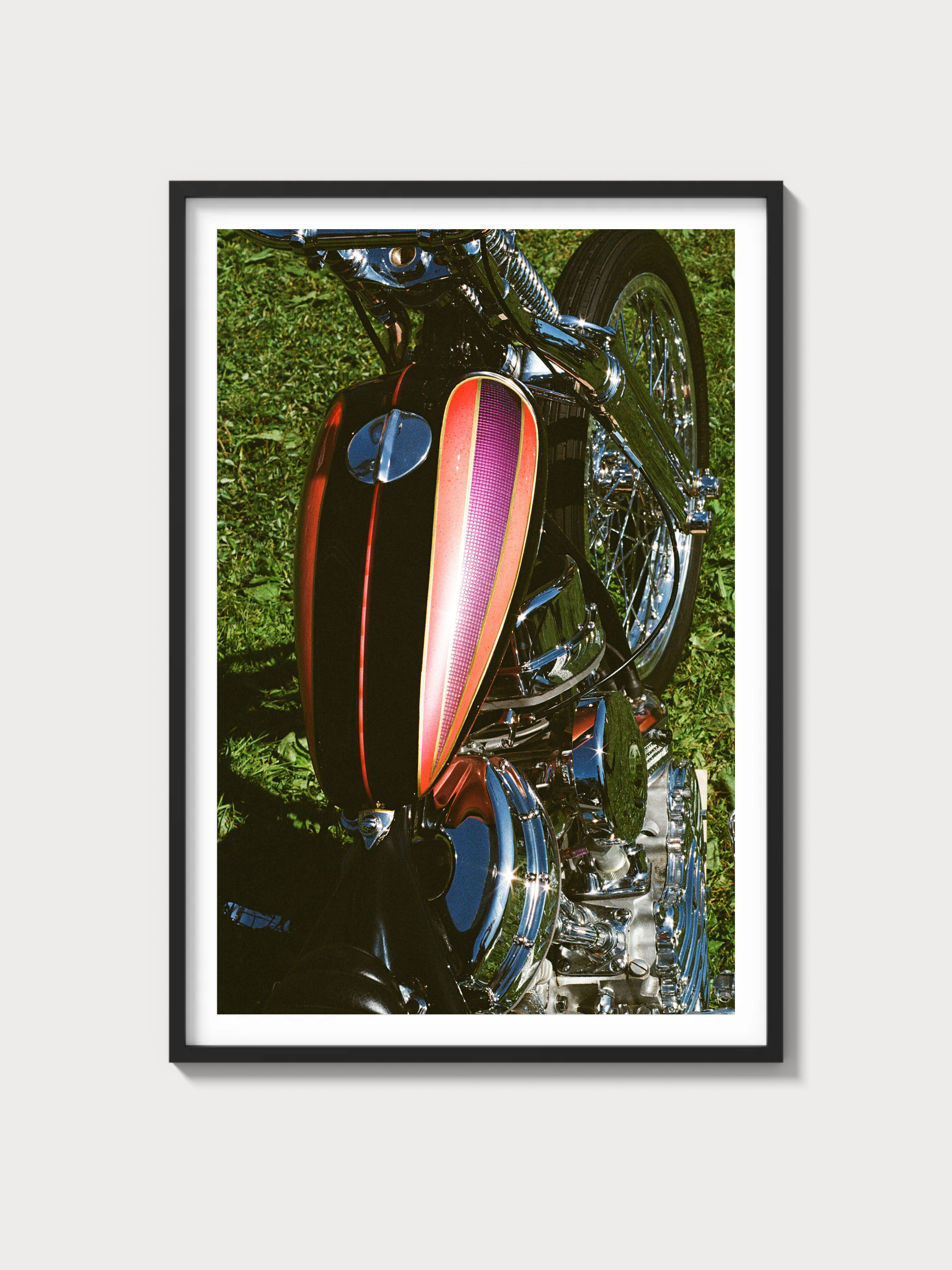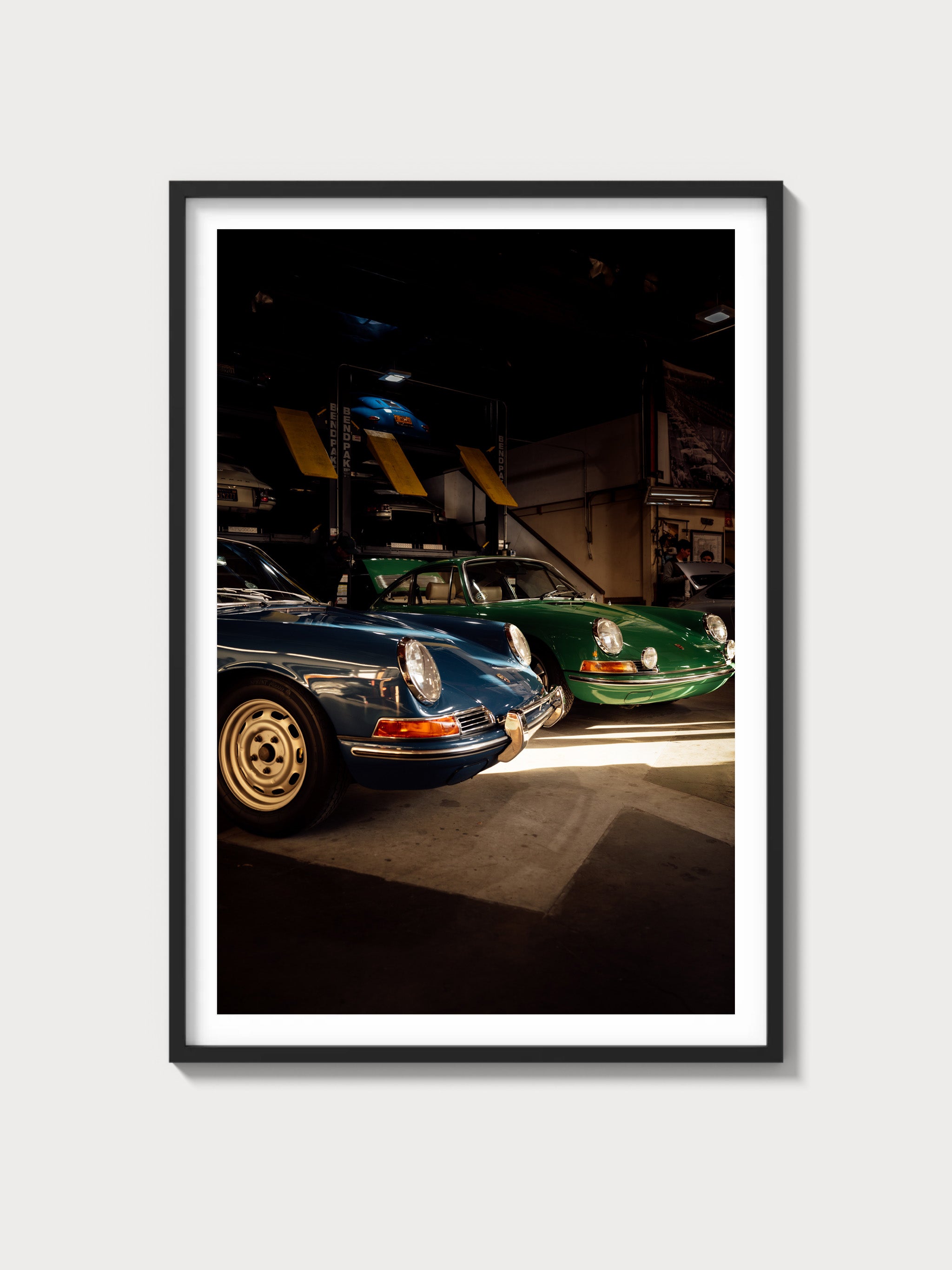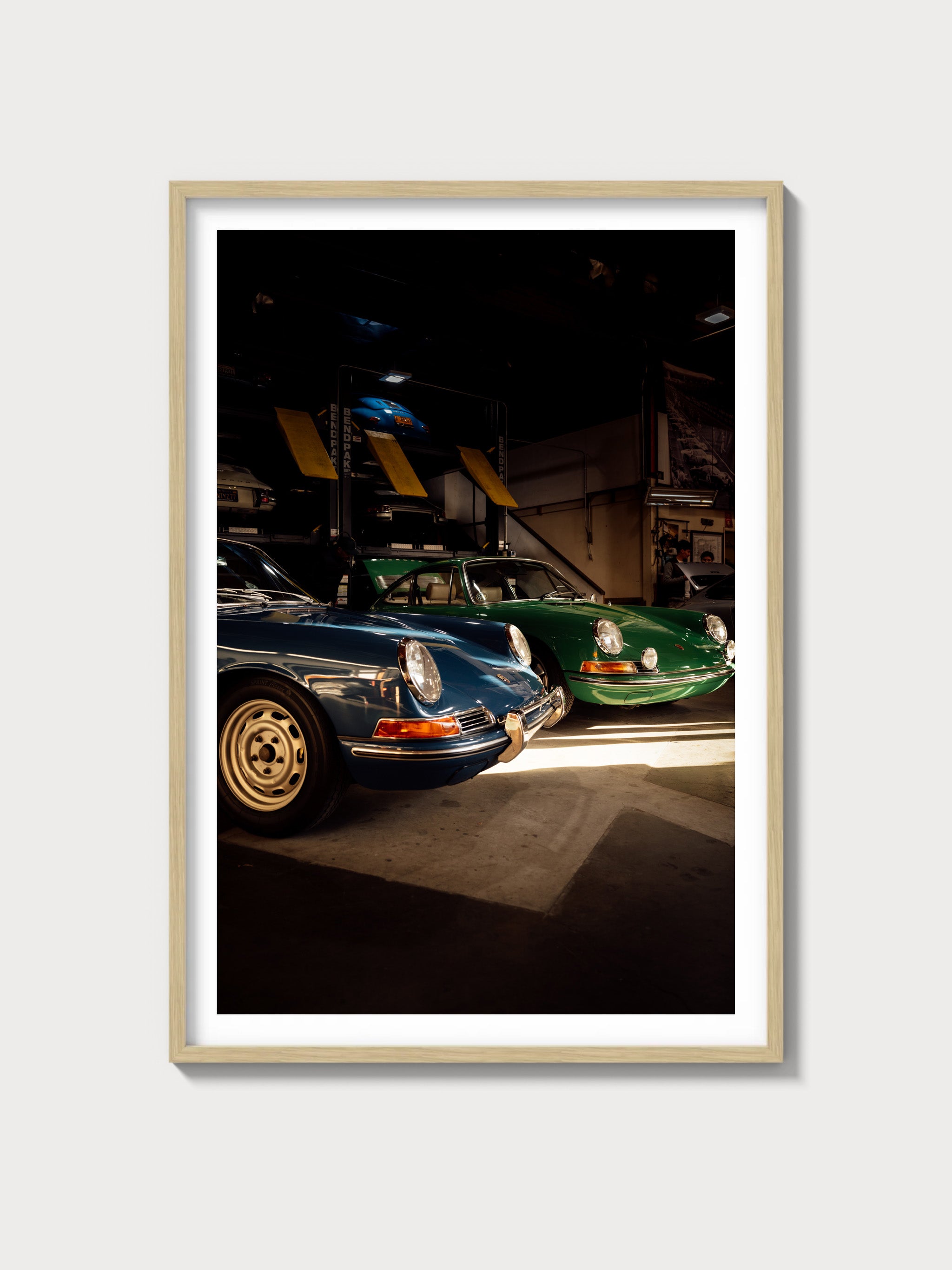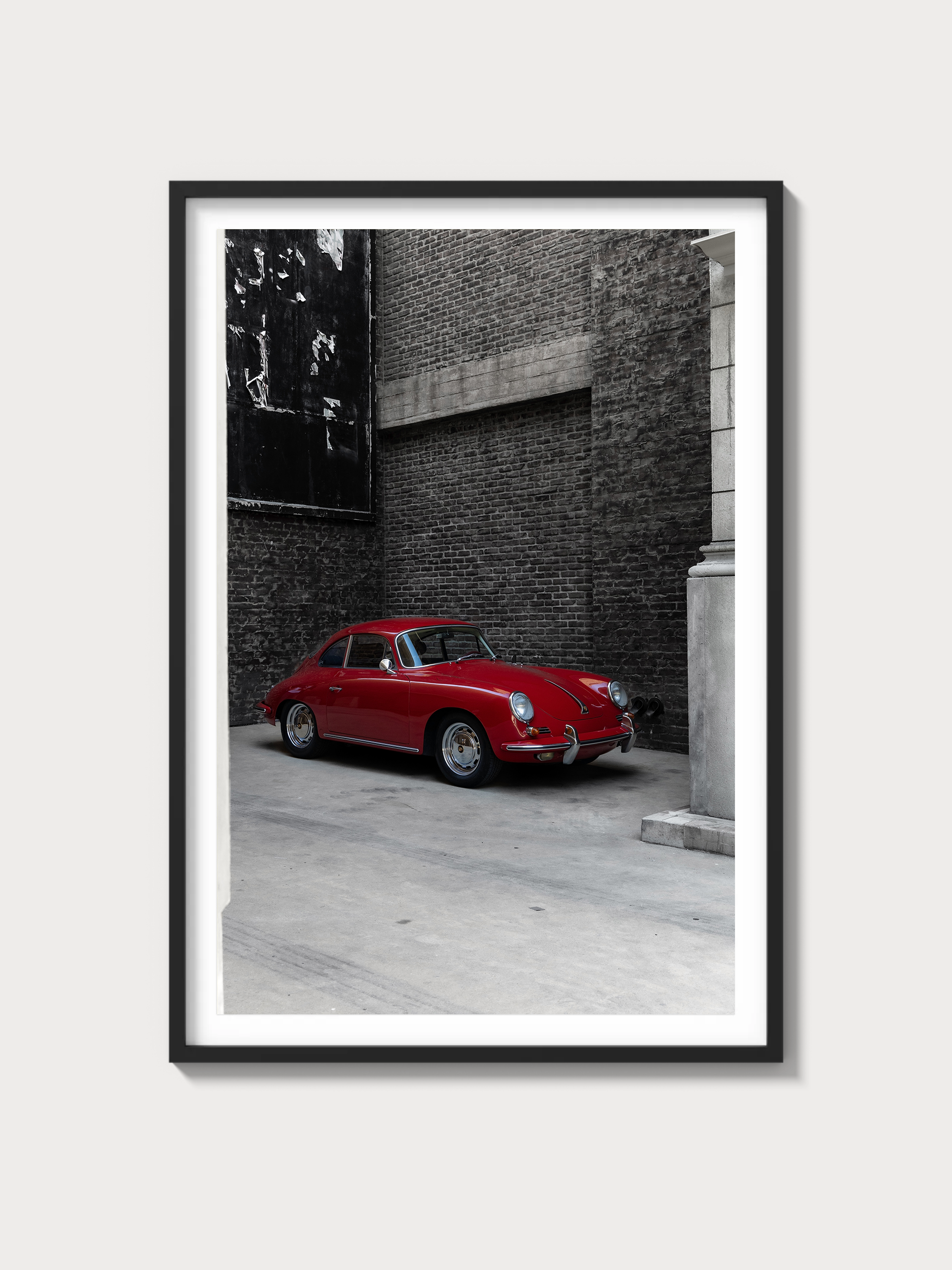Ferrari 288 GTO: The Definitive History, Specs, and Legacy
Introduction: Ferrari’s Twin-Turbo Supercar Legend
In the illustrious lineage of Ferrari’s road cars, the 288 GTO, introduced in 1984, stands as a groundbreaking icon—the marque’s first twin-turbocharged supercar and a spiritual successor to the legendary 250 GTO. Powered by a 2.8-liter twin-turbo V8, this model saw just 272 units crafted by Pininfarina, succeeding the 512 BB as Ferrari’s mid-engine flagship. Originally designed for Group B racing, it became a road-going masterpiece, blending ferocious power with stunning design.
The year 1984 was a transformative moment for Ferrari, its racing triumphs—308 GTB, Mondial Quattrovalvole—fueling road car innovation. Unveiled at the 1984 Geneva Motor Show, the 288 GTO captivated with its radical technology and heritage-inspired name. This exhaustive history, penned with a Ferrari historian’s precision, explores its technical brilliance, its iconic styling, its racing roots, and its monumental legacy.
Historical Context: Ferrari’s Group B Vision
The Ferrari 288 GTO emerged during a bold era for Maranello. By 1984, Ferrari’s racing pedigree—365 GT4 BB’s mid-engine innovation, 512 BB’s refinement—had solidified its stature, yet Enzo Ferrari sought to reenter motorsport’s elite with a homologation special for the FIA’s Group B rally category. The 512 BB’s flat-12 had reached its peak, and the mid-1980s supercar wars—led by Porsche’s 959 and Lamborghini’s Countach—demanded a new contender. The 288 GTO, with its twin-turbo V8 and lightweight construction, answered, reviving the GTO moniker to honor its racing lineage while targeting enthusiasts and collectors.
A total of 272 units were built (1984-1987)—all Pininfarina coupes, exceeding the 200-unit Group B requirement before the category’s cancellation. Chassis 47509, the prototype, debuted at Geneva in March 1984, its aggressive form signaling a new era. This was a car for the elite—European racers, American tycoons—its limited run reflecting Ferrari’s exclusivity amid Italy’s 1980s economic boom.
The broader context of 1984 shaped its creation. The supercar landscape exploded—Porsche 959, Audi Quattro—while America’s performance market grew under stricter regulations. The 288 GTO bridged Ferrari’s racing heritage, rooted in the 250 GTO, with a road-going supercar that redefined performance standards.
Technical Specifications: The Twin-Turbo V8’s Ferocious Power
The Ferrari 288 GTO’s heart was its 2.8-liter twin-turbo V8—a revolutionary engine that set a new benchmark for Ferrari’s mid-engine lineage. Below, we dissect its engineering with historian’s detail.
Engine: The 2.8-Liter Twin-Turbo V8
Displacing 2,855 cc (bore 80 mm, stroke 71 mm), the 288 GTO’s V8 was a longitudinal, all-aluminum unit with a 90-degree V-angle, featuring double overhead camshafts per bank, four valves per cylinder, and twin IHI turbochargers with Behr intercoolers. With a 7.8:1 compression ratio and Bosch K-Jetronic fuel injection, it produced 400 horsepower at 7,000 rpm—a leap over the 512 BB’s 360 hp. Weighing 305 lbs, it delivered 366 lb-ft of torque at 3,800 rpm, thanks to 1.0 bar of boost.
This engine was a supercar marvel. Chassis 52479, a 1985 model, showcased its explosive power, blending race-bred ferocity with road usability.
Performance: Supercar Supremacy
The 288 GTO reached 189 mph (304 km/h)—verified by Autocar’s 1985 test—outpacing the 512 BB’s 188 mph, with a 0-60 mph time of ~4.8 seconds. Its power-to-weight ratio (345 hp/ton) far exceeded the 512 BB (257 hp/ton), leveraging its turbocharged might and lightweight construction.
Chassis and Suspension: Mid-Engine Precision
The chassis was a tubular steel spaceframe with composite reinforcements, weighing 1,160 kg (2,557 lbs)—240 kg lighter than the 512 BB due to Kevlar and fiberglass panels. Its 2,450 mm wheelbase (50 mm shorter than the 512 BB) enhanced agility, with fully independent suspension—double wishbones with coil springs front and rear—offering razor-sharp handling.
Transmission and Brakes: Dynamic Mastery
A 5-speed manual gearbox—synchronized, mid-mounted—drove the rear wheels, its ratios (1st: 2.92, 5th: 0.94) favoring high-speed performance. Braking relied on 14-inch ventilated disc brakes with ABS, delivering 1.2g deceleration—exceptional for its era.
| Specification | Details |
|---|---|
| Engine | 2.8L Twin-Turbo V8, 400 hp @ 7,000 rpm |
| Displacement | 2,855 cc (80 mm x 71 mm) |
| Top Speed | ~189 mph (304 km/h) |
| 0-60 mph | ~4.8 seconds |
| Weight | 1,160 kg (2,557 lbs) |
| Transmission | 5-speed manual, mid-engine |
| Suspension (Front) | Double wishbone, coil springs |
| Suspension (Rear) | Double wishbone, coil springs |
| Brakes | Ventilated discs, 14-inch, ABS |
Design and Styling: Pininfarina’s Supercar Artistry
The Ferrari 288 GTO’s aesthetic was a Pininfarina masterpiece, crafted by Scaglietti.
Exterior: Aggressive Elegance
Pininfarina built all 272 units—chassis 47509 featured a low nose, flared fenders, and a sleek wedge profile, finished in Rosso Corsa. Its 2,450 mm wheelbase and composite body (Kevlar, fiberglass, carbon fiber) offered a lightweight, aggressive stance, with vents and spoilers enhancing its mid-engine aerodynamics.
Interior: Spartan Supercar Cockpit
The cabin was a driver’s lair: leather bucket seats (black or tan), a gated shifter, and Veglia gauges—tachometer (9,000 rpm redline), speedometer, boost gauge. Chassis 52479’s minimalist interior, with racing-inspired trim, prioritized performance over luxury, contrasting the Mondial Quattrovalvole.
Production and Variants: A Limited Supercar Legacy
The Ferrari 288 GTO’s 272-unit run (1984-1987) exceeded Group B requirements—all Pininfarina coupes, with no major variants beyond early prototypes. Chassis 47509 launched the series, while 58237 closed it, transitioning to the F40. Its road focus prevailed after Group B’s demise—no racing versions were fully developed.
Performance and Racing Legacy: A Road-Born Titan
The Ferrari 288 GTO racing history was unrealized, its Group B destiny thwarted by the category’s 1986 cancellation. Chassis 49679, a test mule, showcased its potential, but no competitive outings ensued. Its true realm was the road—Autostrada, mountain passes—where its 189 mph top speed and turbocharged agility reigned supreme.
Ownership and Market Value: A Supercar Icon
The Ferrari 288 GTO value reflects its rarity and legend. Early owners included Middle Eastern royalty and U.S. collectors (e.g., Ralph Lauren, chassis 52479). Today, prices range $2.5-$3.5 million—chassis 47509 sold for $3.2 million at RM Sotheby’s 2023. Restoration costs—V8 rebuilds at $150,000—underscore its elite status.
Cultural Impact: Ferrari’s Supercar Renaissance
The 288 GTO redefined Ferrari’s supercar lineage, its twin-turbo V8 and Pininfarina design paving the way for the F40. In 1980s lore, it’s the car of raw power and timeless allure, a bridge between Ferrari’s racing past and modern supercar era.
Comparisons: Ferrari 288 GTO vs Rivals
The Ferrari 288 GTO vs Porsche 959 pits 400 hp twin-turbo V8 against 444 hp twin-turbo flat-6—Ferrari led in style, Porsche in technology. The Lamborghini Countach (455 hp) outpowered it but trailed in balance.
| Model | Engine | Power | Weight | Top Speed |
|---|---|---|---|---|
| Ferrari 288 GTO | 2.8L Twin-Turbo V8 | 400 hp | 1,160 kg | ~189 mph |
| Porsche 959 | 2.8L Twin-Turbo Flat-6 | 444 hp | 1,450 kg | ~195 mph |
| Lamborghini Countach | 5.2L V12 | 455 hp | 1,490 kg | ~183 mph |
Frequently Asked Questions
What was the Ferrari 288 GTO?
A 1984 2.8L twin-turbo V8 mid-engine supercar.
How many were made?
272 units.
What engine powered it?
2,855 cc twin-turbo V8, 400 hp.
Did it race?
No—intended for Group B, built for road use.
What’s its value?
$2.5-$3.5 million.




































